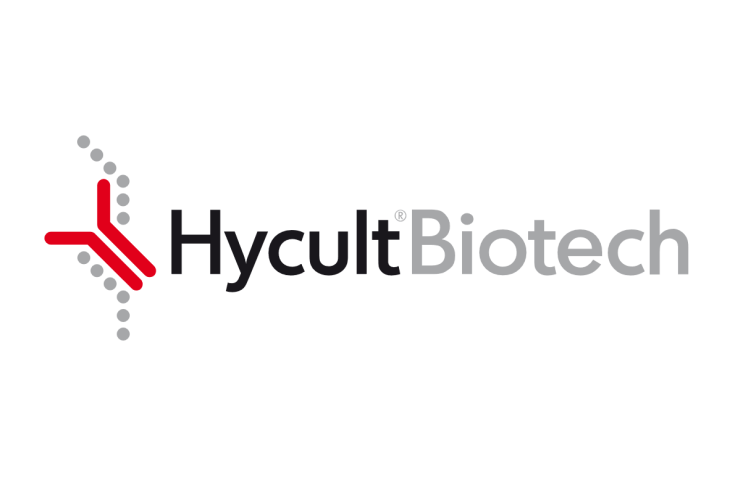Monoclonal antibody aE11 reacts with a C9 neoantigen of the terminal complement complex (TCC). The three distinct activation pathways of complement converge with the formation of a C5 convertase. The cleavage of C5 by this convertase initiates the lytic or terminal pathway. In contrast to the activation pathways, which require enzymatic cleavage for activation, the terminal pathway relies on conformational changes induced by binding. Binding of C6 facilitates binding of C7 which alters the conformation of the complex. After binding of C8, a variable number of C9 molecules associate with the C5b678 complex, which is also termed- the terminal complement complex (TCC). The formation of TCC causes lysis of cells or can trigger a variety of cellular metabolic pathways resulting in the synthesis and release of inflammatory mediators. The TCC contains neoantigens that are absent from the individual native components.- C9 neoantigens are present both in the membrane-bound (MAC) and the fluid-phase (SC5b-9) complex. TCC is present in normal human plasma and increased in patients with complement activation.
Do you have any questions about this product?
Order your product by email
Productname
TCC, Human, mAb aE11
HM2167-1MG
By filling out this form, you are placing an order by e-mail. You will receive an order confirmation within one working day. The order cannot be modified after receipt of the order confirmation.
Request a sample
Productname
TCC, Human, mAb aE11
HM2167-1MG
By filling out this form, you request a sample. You will receive an order confirmation within one working day. The order cannot be modified after receipt of the order confirmation.
Are you looking for specific products, alternatives or documentation?











